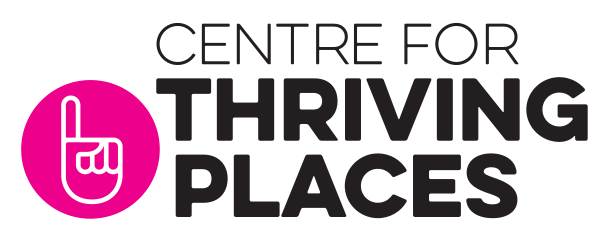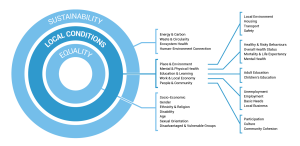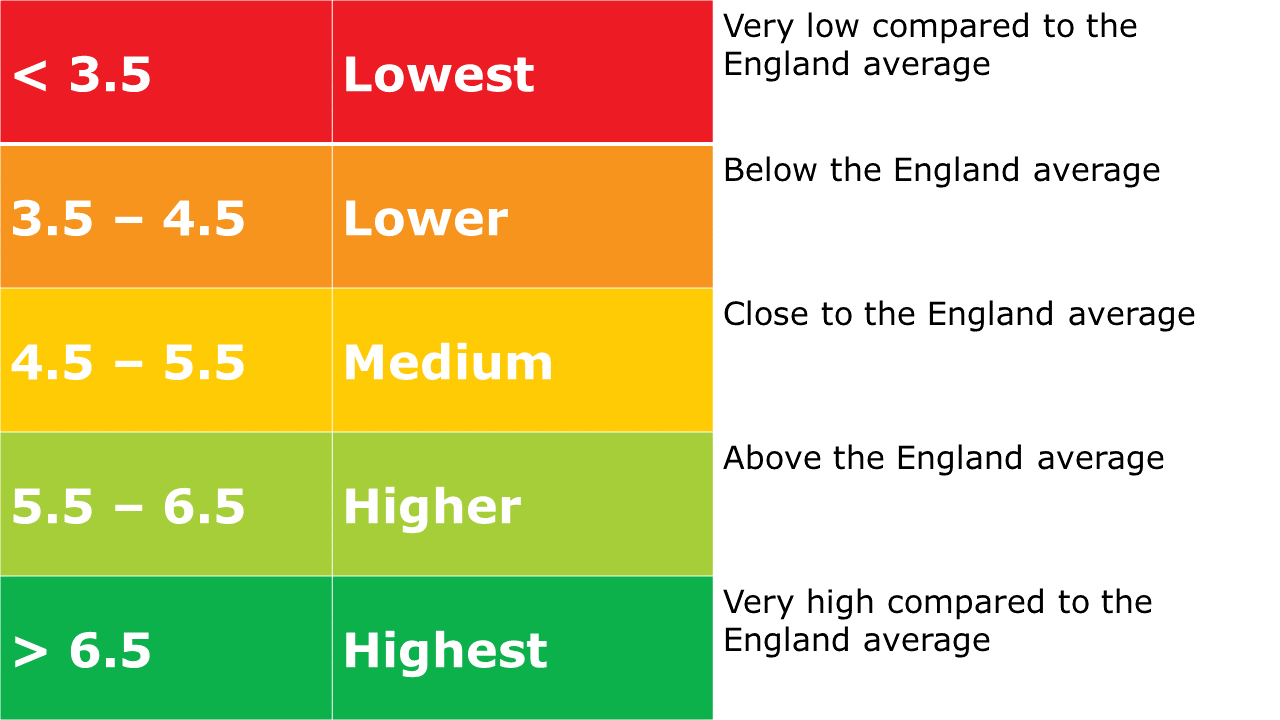The TPI uses data from trusted sources like the Office for National Statistics, Fingertips Public Health Data, the Understanding Society Survey, and the Index of Multiple Deprivation.
For each area of the Index, like Housing or Energy & Carbon, we identify the best available indicators to understand how different places are doing. Most areas of the Index combine several indicators, however a few are based on a single indicator.
An indicator is a specific measure used to represent and track social, economic or environmental conditions over time. For example, we use indicators relating to physical activity and eating ‘5-a-day’ to understand and track healthy behaviours.
We use data in the TPI that is available at the local authority level or can be calculated at that level. We also focus on indicators that are current, can be updated regularly and are available to the public. A number of the indicators have been specifically developed by CTP for the TPI (see Methodology for details).
Here is a list of the 2024 TPI Indicators. If you are interested in the complete dataset, please contact us at tpi@centreforthrivingplaces.org.



